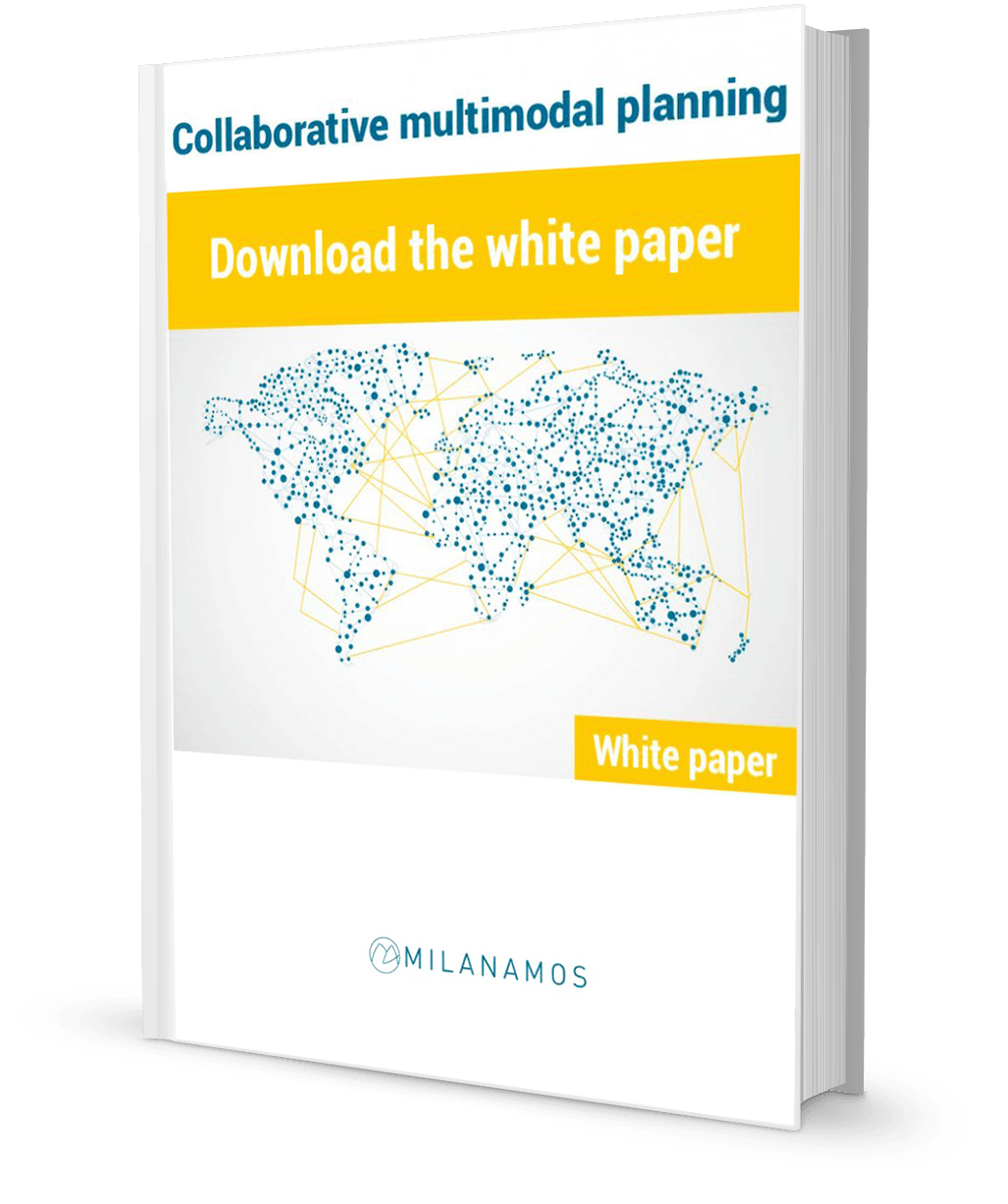Canton is set to become the benchmark for Asian multimodal transport networks. It’s all about facilitating the ‘last kilometer’ of a passenger’s journey.
Multimodal hubs are the place where the timetable-based services offered by mass-market transport operators meet the varied and individual ways that people conduct on the first or ‘last kilometer’ of their journey.
And while airlines, train and coach companies have been making steady progress in the field of collaborating for shared timetables and multi-operator solutions, it is still the beginning and end of journeys – the fuzzy, random part of the journey – that are the hardest to wrap into a true end-to-end multimodal package.
Those beginning and end points – like how to get to the airport from home, or how to get to the hotel from the train station – are where the most disruption is taking place.
A well reported disruption is the conflict between Uber and the status quo of taxi companies, where there is a clash of commercial, vested interests. But maybe Uber is just a part of the ultimate transition from high-cost traditional taxis to low-cost driverless vehicles which will ferry people around tomorrow’s cities?
On the other hand, car ride and car pool services like Lyft point to an attitudinal shift, rather than a purely economy-driven development. Fewer urban millenials see the need to own a car, and the willingness of people who do have a car to timeshare their vehicle reinforces that mindset.
Between them, both models – Uber and Lyft – give people an on-demand, just-in-time way to segue from the rigidity of timetable-based operators in order to complete the fuzzy start-and-end points of their journey.
So in this global scenario where traditional transport operators are refining the way they offer timetable-based intermodal services – and ‘last kilometer’ options are facing a more disruptive period – the multimodal hub is the stage upon which all this change is enacted. In fact, multimodal hubs are a key enabler for the change that is taking place in both public and private transport networks.
But rather than multimodal hubs being major infrastructures (like airports) there’s a growing trend for hubs to be smaller and more numerous … so they are closer to the fuzzy beginning and end of journeys.
Canton is developing a network of multimodal hubs
The city of Canton in China is home to some 28 million people and, over the next few years, is set to become a model of how next generation multimodal hubs will be implemented.
Canton is actually developing a network of 11 multimodal hubs where timetable-based transport options will terminate. By creating this network of hubs – with subway and bus inter-connections between them – Canton aims to reduce car-based congestion and provide travelers with a sophisticated transport solution.
To support this network, construction of an extra 320kms of subway lines are underway or planned. With regard to flights, the nearby airport is set to double its capacity by 2023.
The end result of this significant investment in a network of multimodal hubs will be that Canton becomes South-East Asia’s benchmark for integrated transport networks, and will be a driver for commercial growth in the region.
Of course it’s harder for older cities like London or Paris to find the space for multiple, smaller multimodal hubs … but city planners around the world will be keeping an eye on Canton to learn any lessons that their innovative investment has to offer.
Predictive transport network planning with PlanetOptim
Transport operators, local government and other investors in travel networks can’t afford a ‘build it and they will come’ approach. That’s why players in the transport ecosystem are turning to the predictive tools in the Milanamos PlanetOptim software suite as a way of predicting demand for new routes and new collaborations.
To download our white paper, please click the button below.
Find out more about streamlined multimodal hubs
Asian Development Bank
Improving Interchanges: Toward Better Multimodal Railway Hubs in the People’s Republic of China.
Click here for the blog post.
www.adb.org/publications/improving-interchanges-prc
Click here for the PDF report.
www.scribd.com/doc/253849005/Improving-Interchanges-Toward-Better-Multimodal-Railway-Hubs-in-the-People-s-Republic-of-China
Medium / WillBe Group
Transports : ouvrons les données pour développer le multimodal !
medium.com/willbe-group/transports-ouvrons-les-données-pour-développer-le-multimodal-315df284366d










